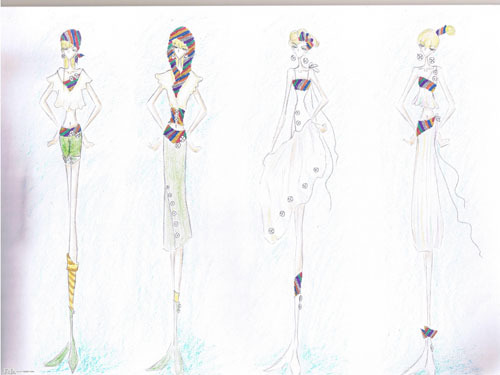In recent years, China's textile and apparel industry has seen a sluggish domestic demand. Although it has improved since 2014, it is unlikely that the sluggish domestic demand will change dramatically. Recently, the textile manufacturing industry was affected by cotton price cuts, and short-term performance will have two risks of squeeze. With the depreciation of the exchange rate, exports gradually recovered and the industry as a whole will remain stable.
Uniform Fabric,Tc Dobby Fabric,Dobby Woven Fabric,Tc Dobby Shirt Fabric Shaoxing Haitang Textile Co., Ltd. , https://www.haitangfabric.com
The differentiation of garment sub-sectors in home textiles will always be the basis for the future. Children's clothing, outdoor sports industry and other sub-sectors will show a better development trend. According to statistics, the growth rate of the annual output value of China's children's wear industry can reach 25%-30% in the next few years. The emergence of a separate "second child" policy after birth will be a solid foundation for the development of the industry.
Sub-sectors will be promising companies with leading reforms, aggressive development of omni-channel models, comprehensive service providers' strategy to open up new opportunities for development, and companies with expansionary foundations that are expected to benefit from mergers and acquisitions in the industry. Future reforms, development, transformation and development, and integration and expansion will be the inevitable path to boost industry concentration and create leading enterprises.
At present, the textile and apparel industry is still in a period of transformation and upgrading. It is easier to achieve breakthroughs by playing “cross-borderâ€. The fundamentals of the textile and apparel industry have not seen any significant improvement, and there will be no trending opportunities in the future.
There are several major problems in the textile and apparel industry. First of all, terminal consumption continued to be sluggish. In the first half of the year, the accumulative growth in the retail sales of wholesale and retail enterprises has reached a new level.
Second, since 2014, although the growth rate of some sub-sectors has been divided, the inventory turnover has not improved, indicating that it is only a small inventory cycle. Most of the improvements in the men's wear, leisure and footwear sectors saw declines narrowed. This shows that the current supply chain reform has not yet arrived, the clothing brand is in a period of entanglement between the old and new models, reforms long way to go.
Again, from the growth of the 2014 ordering event, the home textile sector has an upward trend, and there are signs of stabilization in the leisure industry. No other improvements have been noticed, indicating that the performance of the overall apparel segment will remain under pressure.
In the weak market environment, the performance-constrained apparel sector is difficult to perform well, and “cross-border†can break through both valuation and performance, leaving more room. Relevant people think that the "cross-border" trend will become an important development model in the future. However, they also pointed out that due to the further deterioration of the economic environment and consumption, the strength and time for brand transformation is lower than expected, and the integration effect of the “cross-border†target may be lower than expected.